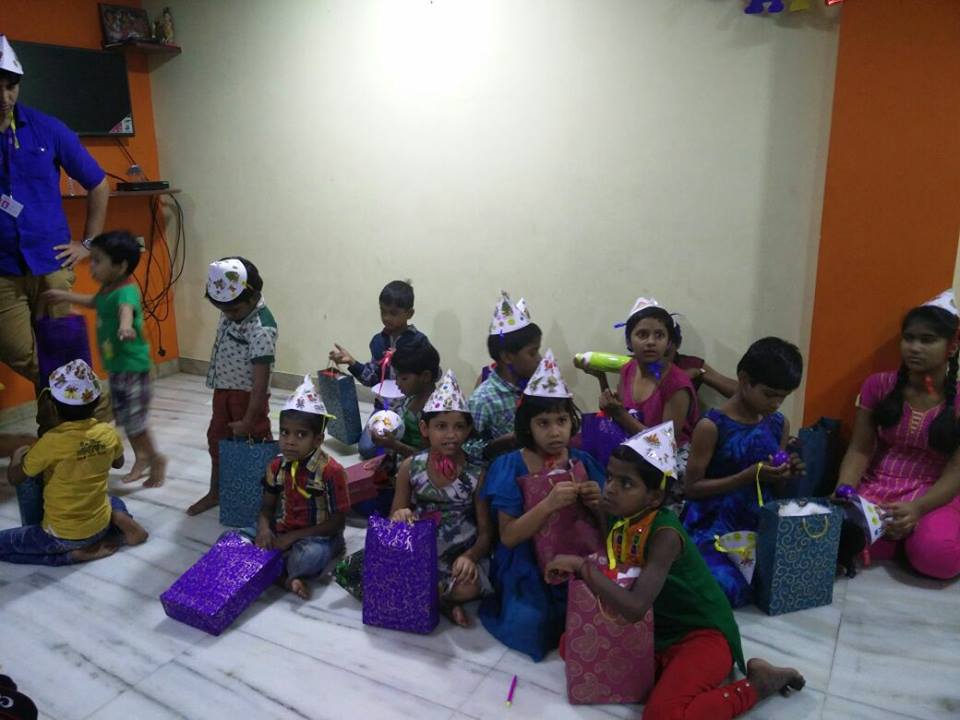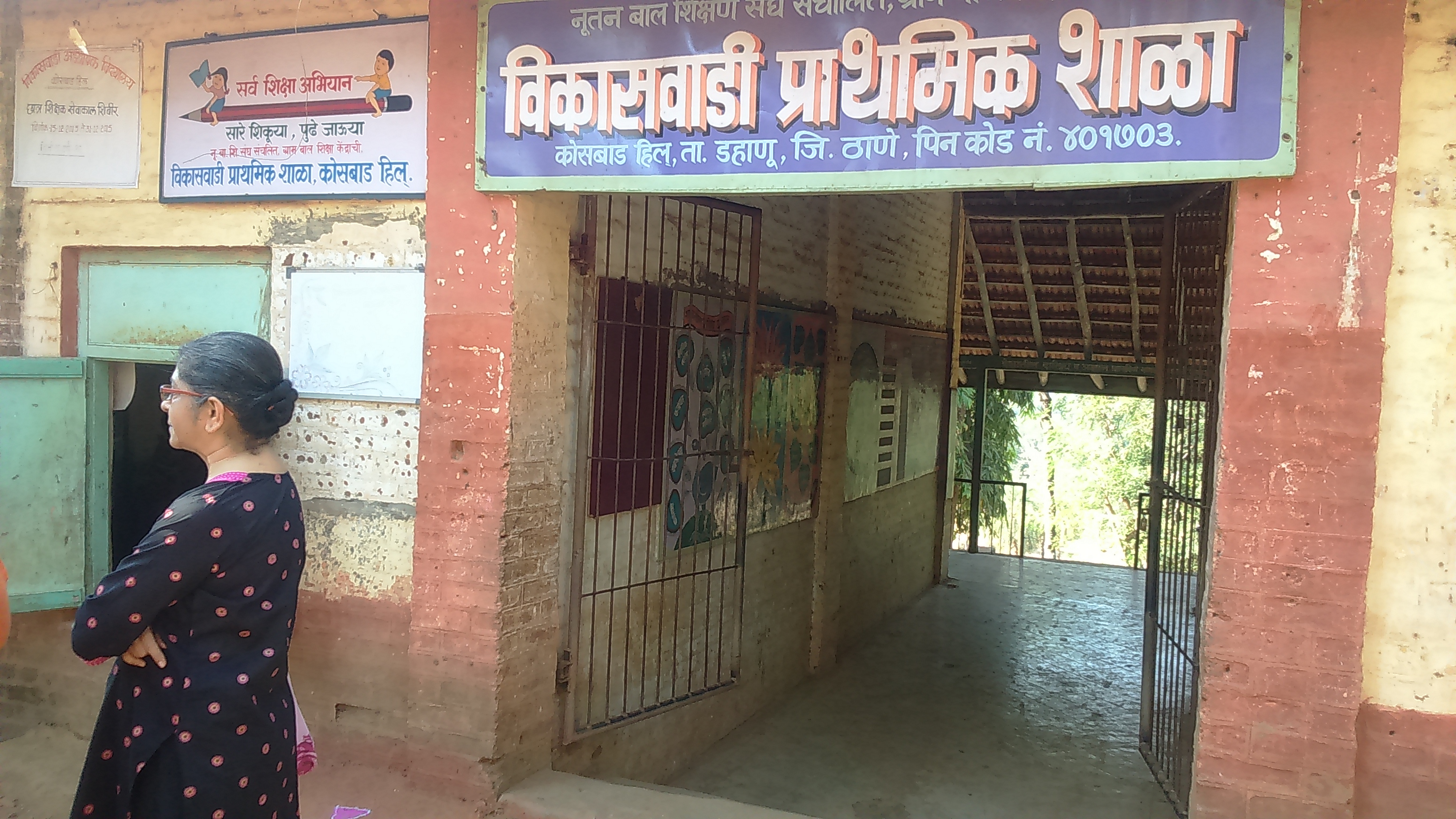Stories that Inspire
';
Project Vidya : Phase 1 Update
Project Vidya Phase 1 implementation in the year 2019
Project Vidya implementation at the village school
In January2019, we launched Phase 1 of Project Vidya. The specific focus of the project is to harness technology to provide education at the village level and use it to provide upliftment and local livelihood opportunities.
Vidya Phase 1 intended to do a real-life pilot in a village school to formulate the process. There were three issues,which needed attention.
- The content : Though there is a content repository available in paid and unpaid form on internet, it is generally meant for urban students. So we made flexible content, keeping into mind the students and their exposure.
- The content delivery : Generally, getting teachers in remote areas to teach is an issue. Also, if a teacher is available, the person has no peer to get clarifications. We formed a support group to help teachers in Science, Maths, English and Computers. This group helped the teachers as well as taught the students in the classroom and remotely using internet. For teaching over internet, Project Vidya uses a hybrid model. Our team consists of a panel of teachers operating at fixed time from their home and teaching using Skype or something similar, using the Vidya platform. The students sat in their village classroom, equipped with computers, webcam, microphone, speakers and internet connectivity to attend the session.
- Infrastructure : The schools need Science labs, Library and Computer lab. There is erratic electricity and unavailability of internet. Team E1E1 helped in procurement of CSR funds and donations to fund the infrastructure. Backup electricity was supplemented by a diesel generator. There was no internet connectivity in the vicinity. About 4.5 km away from the school, there was a Internet Hub, which had internet; we contacted the local internet provider to lay the fibre optic cable from this Hub to the school, and the Internet issue was resolved. We were able to get reliable internet service at 25 Mbps bandwidth.
Critical Takeaways:
- Remote teaching - At this point in time, if remote teaching needs to work, the teacher must be familiar with computers. The teacher facing the student, should act as a coordinator between the students and the remote teacher to make the teaching delivery more effective. Computers and the Internet can supplement to a great extent – about 75 to 80 %, but can never replace the teacher. Our focus was more on the students than the teacher, this needs to be rectified in phase 2, to get effectiveness.
- Teaching Mathematics -
- This was a learning experience for us. Students get put off by Mathematics, mainly because the teacher does not give them enough time to assimilate concepts. Once the basic concepts are not understood, the barrier becomes bigger and bigger. It is essential to spend time in clarifying basic concepts before rushing into the syllabus.
- There are some concepts in Maths like (-3) x (-4) = +12 or numbers like √2 are not easy to understand, intuitively. Addition and subtraction of fractions and many more are taught in lower standards, but not really understood by students. Students get into rote learning mode and pass the exams in lower standards. They may know tables by heart, but for them, it is poetry. If you ask them what is 7 x 5, they are taken aback. So, you need to give them confidence and say, take your time, start with 7 x 1 and go to 7 x 5 – it is ok.
- Students do not understand the question, because certain things are not part of their world- Like a problem based on shuffling of playing cards. They have never seen playing cards before, so we took the pack of cards to the classroom and explained how the game is played. Then they started understanding the problem in which playing cards were referenced.
- Teaching English - The mother tongue of the students is their native language. They have become comfortable with Marathi, because it is used in all subjects since std I. However, though English is started at an early stage too, they are totally uncomfortable with English. Expecting them to increase their vocabulary, understanding of grammar is too much to ask. We combined computers with English and tried to help them get familiarised with alphabets using computers, which was a fun experience for them.
The best part of the implementation was the co-operation which we received and continue to receive from the students and their teachers. The students were willing to put in hard work. They started responding and started telling us whether they have understood or not understood.
.jpg)


